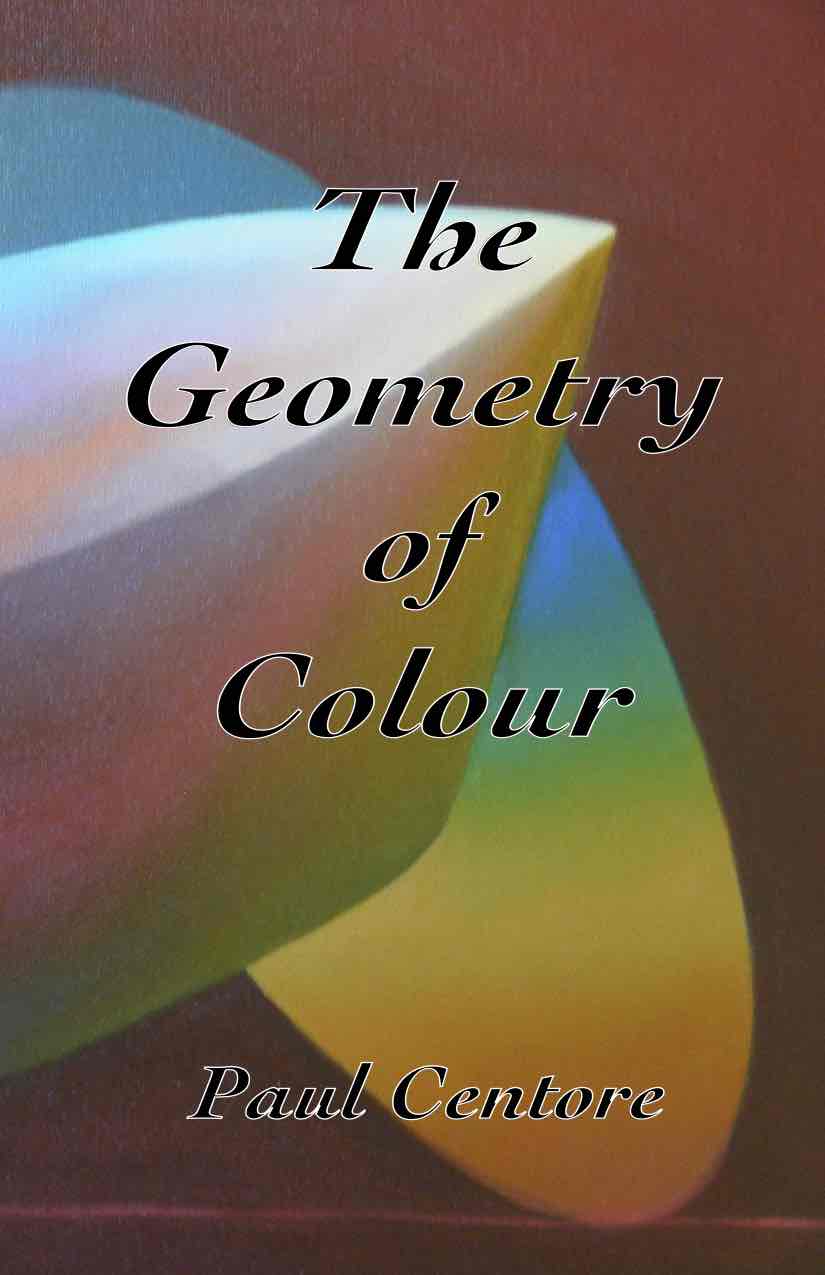The Geometry of Colour, which can be previewed here, and purchased here, takes a unique approach to the study of colour, gradually building up the wealth of geometric structures that arise from colour-matching experiments, in which two colours, when viewed in isolation through an aperture, appear identical, even though they are physically different. These basic experiments underlie the study of how human colour perception relates to physical colour stimuli.
The first chapter of the book explains convexity, in a vector space setting. A zonohedron, discussed in the second chapter, is a special kind of convex set, consisting of all the linear combinations of a set of generating vectors in three-dimensional space, provided that all the coefficients in the linear combination are between 0 and 1. A zonohedron is also a special case of the Minkowski sum, which allows any two subsets of a vector space to be "added." The Minkowski sum has an intuitive interpretation as the set that is swept out when one subset is superimposed over every point in a second subset. The Minkowski sum of a square and a much smaller circle, for instance, is a slightly larger rounded square with rounded corners. The Minkowski sum of a circle and a much smaller square, on the other hand, is a slightly larger circle with four flat spots on its circumference. When the sets being Minkowski-summed are vectors, visualized as line segments from the origin to the vectors' heads, their sum is a solid, rotationally symmetric, convex set called a zonotope, or, in three dimensions, a zonohedron. The book's main insight is that three seemingly unrelated colour science objects---object-colour solids, illuminant gamuts, and electronic displays---share a common, and surprising, zonohedral form.
Physically, a colour stimulus is an electromagnetic signal that can be seen as a superposition of monochromatic signals that are limited to a narrow waveband, or, in a rough approximation, a single wavelength. The third chapter discusses the physics and mathematics behind this interpretation of colour stimuli. The fourth chapter discusses the algebraic construction of human colour space, which is a three-dimensional linear image of the space of stimuli.
Both these spaces combine in the remaining three chapters, which present a variety of geometric constructions. Zonohedra appear in colour science because an object reflects a certain percentage, varying between 0 and 100, of the light at each wavelength. For each wavelength, one can draw a vector that represents the colour, in three-dimensional colour space, that results when an object reflects 100 percent of the light at one wavelength, and no light at any other wavelengths. The Minkowski sum of these vectors, over all visible wavelengths, is a zonohedron, which is called an object-colour solid in the case of human vision, and an illuminant gamut in the case of machine vision. Electronic display gamuts, for displays with any number of primaries, provide a third example of zonohedra: the gamuts are Minkowski sums of the colour space vectors produced by the primaries at full intensity. The geometric constructions lead to some con-
